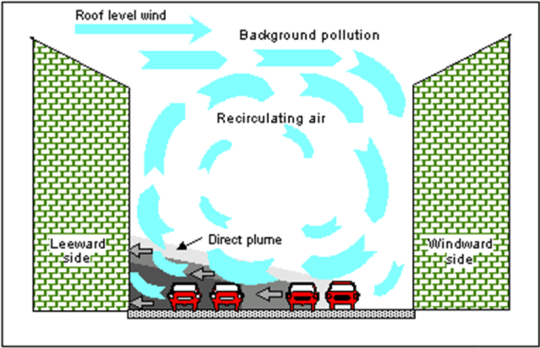“although London’s population topped its previous 1939 all-time high earlier this year, inner London boroughs still house fewer people than they did in the prewar period — owing in part to relatively low densities on housing estates.”
—
Housing minister Brandon Lewis who called for the demolition and redevelopment of council estates across London
“Overcrowding was already a cause for concern in the public health and social reforms of the 19th century. By 1891 more than 10 per cent of the population were living at densities of more than two people to a room. Families huddled in damp basements consisting of one small room without drainage and little or no natural light. In these overcrowded conditions cholera and tuberculosis ran rampant and child mortality was high. The introduction of overcrowding standards for the first time in 1935 reflected two key concerns: decency through the separation of the sexes; and provision of adequate space. These form the basis of the current overcrowding standard. The standards are set out in Part 10 of the Housing Act 1985. “….
London Borough of Tower Hamlets Overcrowding and Under Occupation Statement
However, overcrowding was not the only factor in the disease environment that counted. The continuous urban fabric was thought to encourage disease transmission and postwar planning was for a series
of “villages” with open space between The legacy of which is
Mile End Park
In a recent oral history session I had at St Dunstan’s Stepney, 2 of the 4 participants had spent long periods of their childhood in sanitoriums with tuberculosis, 1 met her sister “on the gate” ( waiting to die - she survived).

the problem with slab-sided blocks of flats (of whatever tenure) is the well documented “Urban Canyon Effect”, (image from http://www.intechopen.com/books/air-quality-models-and-applications/urban-air-pollution-modeling )
In London our proportion of the 29,000 people a year who die from diesel particulates
(government figures for 2008), is 4,000+ . Multiply that figure tens, hundreds or thousands of times to measure the morbidity, ill-health or health effects of air pollution. The mechanism being an increase in stress hormones that flood the blood stream with cholesterol, leading to heart disease and heart failure, as well as diabetes. This is a higher mortality per year then obesity, or alcohol, or even obesity and alcohol combined.
So what could possibly go wrong?

